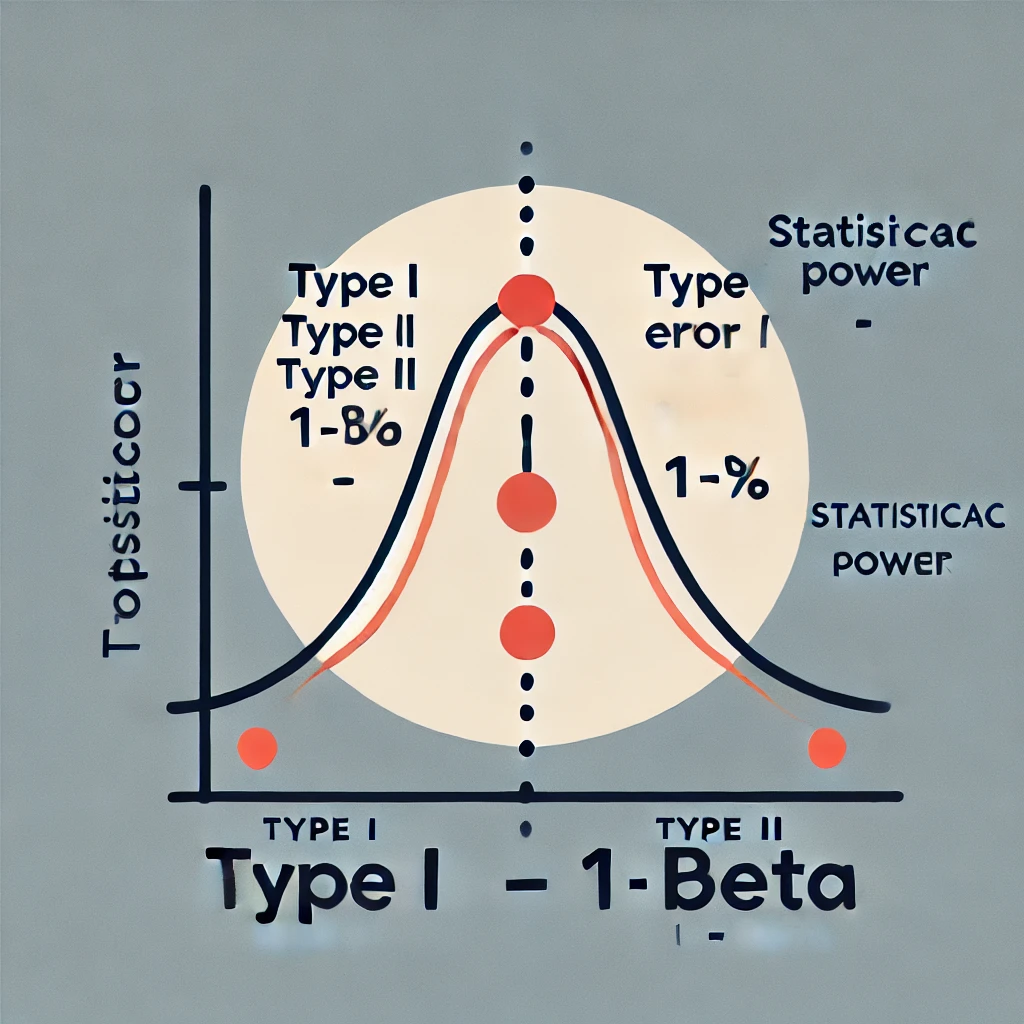Power of a Statistical Test
Statistical hypothesis testing is a cornerstone of inferential statistics, facilitating data-driven decision-making by assessing the validity of hypotheses concerning population parameters. A crucial element of hypothesis testing is the power of a statistical test, which quantifies the probability of correctly rejecting a false null hypothesis. The concept of power analysis is instrumental in research methodology, ensuring that experimental designs yield conclusive and reliable results.
A statistical test with inadequate power compromises the validity of research conclusions, increasing the probability of failing to detect a true effect. Conversely, a well-powered test enhances the robustness and credibility of findings by ensuring that significant effects are not overlooked. An in-depth comprehension of statistical power is imperative for designing experiments that optimize sample size, minimize errors, and yield replicable outcomes.
Table of Contents
- Theoretical Framework
- Definition of Statistical Power
- Components Influencing Statistical Power
- Relationship with Type I and Type II Errors
- Determinants of Statistical Power
- Relevance of Power Analysis in Experimental Design
2. Practical Applications
3. Importance and Implications
4. Computational Implementation in Python
- Power Estimation for a t-Test
- Power Estimation for an ANOVA Test
- Sample Size Computation
5. Conclusion
Theoretical Framework
Definition of Statistical Power
Statistical power is formally defined as the probability that a hypothesis test correctly rejects a false null hypothesis. Mathematically, it is expressed as:
Power = 1 - β
where represents the probability of committing a Type II error (failing to reject a false null hypothesis). In essence, power quantifies a test's sensitivity in detecting a true effect when one exists.
A statistical test is conventionally considered adequately powered when it achieves a minimum power threshold of 80%, indicating an 80% probability of correctly rejecting a false null hypothesis.
Components Influencing Statistical Power
Several factors contribute to the statistical power of a test:
- Effect Size (d): A quantification of the magnitude of the phenomenon being tested. A greater effect size enhances the ability to detect differences.
- Sample Size (n): Larger samples yield more precise estimates, thereby increasing power.
- Significance Level (alpha): The predefined threshold for Type I error, typically set at 0.05.
- Variance (sigma^2): Greater variance in data diminishes power, whereas lower variance improves detectability.
- Choice of Statistical Test: The statistical methodology employed influences power, with parametric tests generally exhibiting superior power under valid assumptions.
Relationship with Type I and Type II Errors
- Type I Error (False Positive): Erroneous rejection of a true null hypothesis, governed by the significance level .
- Type II Error (False Negative): Failure to reject a false null hypothesis, represented by .
- Trade-off Between Errors: A reduction in Type I error typically increases the likelihood of Type II error, necessitating an optimal balance.
Determinants of Statistical Power
- Sample Size Considerations: An increased sample size mitigates sampling variability, thereby enhancing power.
- Effect Magnitude: A more pronounced effect size facilitates easier detection.
- Significance Threshold (alpha): A higher significance level (e.g., 0.10 vs. 0.05) augments power but also elevates the risk of Type I errors.
- Data Variability: Lower variance within datasets improves power by reducing noise.
- Test Selection: Some statistical procedures inherently possess greater power depending on the underlying assumptions and data structure.
Relevance of Power Analysis in Experimental Design
Power analysis is integral to:
- Optimizing Sample Size: Ensuring an adequate sample size for robust conclusions.
- Minimizing Inferential Errors: Reducing both Type I and Type II errors for greater accuracy.
- Enhancing Resource Efficiency: Preventing underpowered studies that waste resources.
- Ensuring Replicability: Strengthening the credibility and reproducibility of research findings.
Practical Applications
Statistical power is pivotal in various disciplines. Statistical power plays a crucial role across multiple fields, ensuring that studies and experiments produce reliable and conclusive results.
1. Clinical Trials & Medical Research
- Drug Efficacy Studies: In pharmaceutical research, power analysis determines the sample size required to detect whether a new drug is significantly more effective than a placebo or an existing treatment.
- Epidemiological Studies: Used to identify risk factors for diseases, ensuring that sufficient statistical power is available to detect true associations between health conditions and risk factors.
- Genetics Research: Helps in detecting significant genetic variations associated with diseases, avoiding false negatives due to underpowered studies.
2. Behavioral & Social Sciences
- Psychological Experiments: Used in cognitive and behavioral psychology studies to ensure effects (e.g., impact of therapy methods) are not overlooked due to small sample sizes.
- Education Research: Applied in measuring the effectiveness of new teaching strategies, ensuring meaningful differences in student performance are detected.
- Sociology & Public Policy: Helps evaluate social intervention programs such as crime prevention initiatives, welfare policies, and community development projects.
3. Business, Marketing & A/B Testing
- Consumer Behavior Studies: Companies use power analysis to determine sample sizes for market research surveys, ensuring valid insights into consumer preferences.
- A/B Testing in Digital Marketing: E-commerce platforms and digital marketers perform A/B tests on website layouts, ad campaigns, and product recommendations to detect significant user engagement differences.
- Pricing & Demand Analysis: Businesses analyze how price changes affect customer demand and ensure studies are statistically powered to detect real shifts.
4. Manufacturing & Quality Control
- Product Defect Detection: Power analysis is used in hypothesis tests for quality assurance, ensuring that even small defect rates are detected in production lines.
- Reliability Testing: Helps manufacturers design durability tests for materials and products by ensuring adequate power to detect failure rates over time.
5. Environmental Science & Ecology
- Climate Change Research: Used in detecting changes in environmental variables such as temperature shifts, pollution levels, and biodiversity loss.
- Conservation Biology: Helps in designing studies to determine the effectiveness of conservation efforts, such as habitat restoration and species protection programs.
- Agricultural Research: Ensures that experiments on crop yields, fertilizer effectiveness, and pest control measures have enough power to detect meaningful improvements.
6. Forensic Science & Criminal Justice
- DNA Analysis: Ensures that forensic DNA tests are sensitive enough to differentiate between individuals and avoid wrongful convictions.
- Lie Detection Studies: Research on polygraph tests and deception detection benefits from power analysis to validate experimental findings.
- Crime Pattern Analysis: Applied in criminology to study crime trends and the effectiveness of law enforcement interventions.
7. Finance & Economics
- Stock Market Analysis: Used in hypothesis testing to determine significant financial market trends and relationships.
- Risk Assessment in Banking: Helps financial institutions assess whether changes in economic variables significantly impact credit risk and lending policies.
- Macroeconomic Policy Evaluation: Ensures that economic policies (e.g., tax cuts, stimulus programs) are evaluated with sufficient power to detect real effects on GDP growth and employment.
8. Sports Analytics
- Athlete Performance Studies: Used in sports science to analyze training regimens and the effectiveness of different coaching methods.
- Injury Prevention Research: Helps in studies determining the impact of various interventions in reducing sports-related injuries.
- Game Strategy Analysis: Applied in optimizing team strategies based on statistically significant performance metrics.
9. Biomedical Engineering & Artificial Intelligence
- Medical Device Testing: Ensures that studies evaluating new medical devices (e.g., MRI machines, robotic surgical systems) have sufficient power to detect true improvements over existing technologies.
- AI Model Validation: Used in validating predictive analytics models, ensuring that machine learning algorithms detect real patterns rather than random noise.
Importance and Implications
Importance of Statistical Power
Statistical power is a fundamental concept in hypothesis testing that determines the ability of a test to detect a true effect when it exists. It is critical in various research fields because:
a. Reduces Type II Errors (False Negatives)
- A test with high statistical power minimizes the chances of failing to reject a false null hypothesis.
- This ensures that real effects or differences are not overlooked, which is crucial in medical trials, social sciences, and business decisions.
b. Optimizes Sample Size & Resource Allocation
- Power analysis helps researchers determine the appropriate sample size before conducting a study.
- Avoids unnecessary data collection costs and ensures resources are efficiently used.
- In clinical trials, regulatory agencies require power analysis to justify sample size.
c. Enhances Study Reliability & Replicability
- Studies with insufficient power often produce inconclusive or unreliable results, leading to replication failures.
- High-powered studies increase confidence in findings and contribute to scientific credibility.
d. Improves Decision-Making
- In business analytics, marketing, and financial risk assessment, statistical power ensures that important patterns and trends are detected.
- Helps policymakers and stakeholders make informed decisions based on strong evidence.
Implications of Statistical Power
The concept of statistical power has profound implications in both research methodology and real-world applications.
a. Ethical Implications in Medical and Clinical Research
- Conducting a study with low power in clinical trials can lead to misleading conclusions about a treatment’s effectiveness.
- Patients might be exposed to ineffective or even harmful treatments if real effects go undetected.
- High-powered studies ensure that medical decisions are based on strong, valid evidence.
b. Financial and Business Impact
- A poorly powered market research study may lead companies to misinterpret customer preferences, resulting in poor product development.
- In A/B testing, an underpowered test may lead to the incorrect conclusion that a marketing strategy is ineffective, leading to lost revenue.
c. Legal and Forensic Consequences
- In forensic science, DNA testing and fingerprint analysis require high-powered tests to ensure accurate conclusions.
- Underpowered tests could fail to detect evidence, potentially leading to wrongful convictions or acquittals.
d. Environmental and Public Policy Considerations
- Studies on pollution levels, climate change, and disease control must have adequate power to influence regulatory policies.
- Insufficient power may lead to the underestimation of environmental risks, delaying necessary interventions.
e. Sports Science and Performance Analysis
- In sports analytics, determining whether a new training method significantly improves athletic performance requires high power.
- Coaches and analysts rely on well-powered studies to implement effective training programs.
Computational Implementation in Python
Power Estimation for a t-Test
from statsmodels.stats.power import TTestIndPower
# Define parameters
effect_size = 0.5 # Cohen's d
alpha = 0.05 # Significance level
sample_size = 50 # Per group
power_analysis = TTestIndPower()
# Compute power
power = power_analysis.power(effect_size=effect_size, nobs1=sample_size, alpha=alpha, ratio=1)
print(f"Statistical Power: {power: .4f}")Power Estimation for an ANOVA Test
from statsmodels.stats.power import FtestAnovaPower
power_analysis = FTestAnovaPower()
effect_size = 0.25
alpha = 0.05
sample_size = 30
num_groups = 3
power = power_analysis.power(effect_size=effect_size, nobs=sample_size, alpha=alpha)
print(f"Power of ANOVA Test: {power: .4f}")Sample Size Computation
# Determine required sample size for 80% power
effect_size = 0.5
power = 0.8
sample_size = power_analysis.solve_power(effect_size=effect_size, power=power, alpha=0.05)
print(f"Required Sample Size: {int(sample_size)}")Conclusion
The concept of statistical power is a fundamental pillar in hypothesis testing, ensuring that research conclusions are both valid and replicable. By considering factors such as effect size, sample size, and statistical methodology, power analysis enables the optimization of study designs, mitigating the risks of inferential errors. The Python statsmodels package provides a robust framework for conducting power analyses, facilitating methodological rigor in statistical research.
Featured Blogs
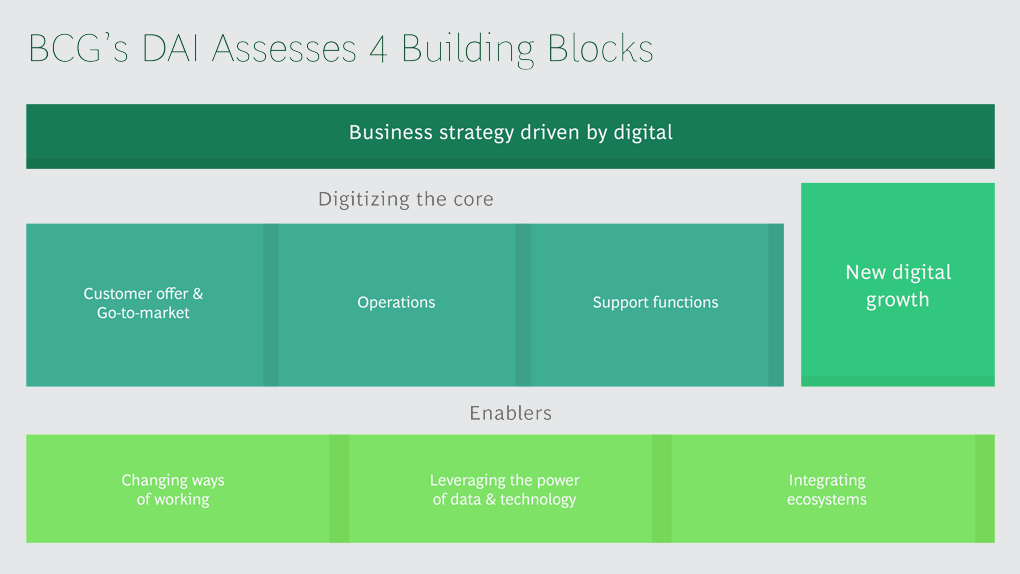
BCG Digital Acceleration Index
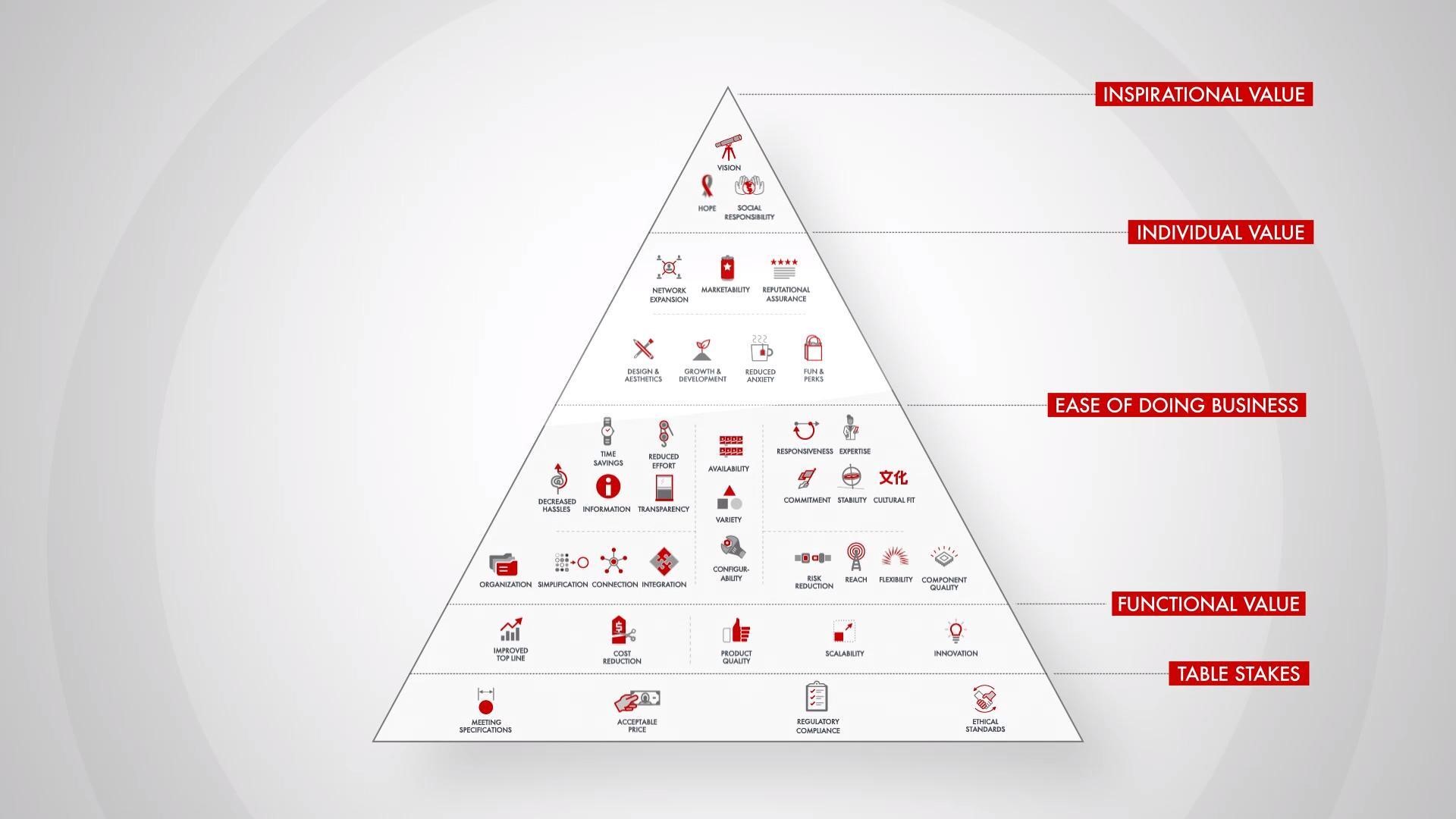
Bain’s Elements of Value Framework
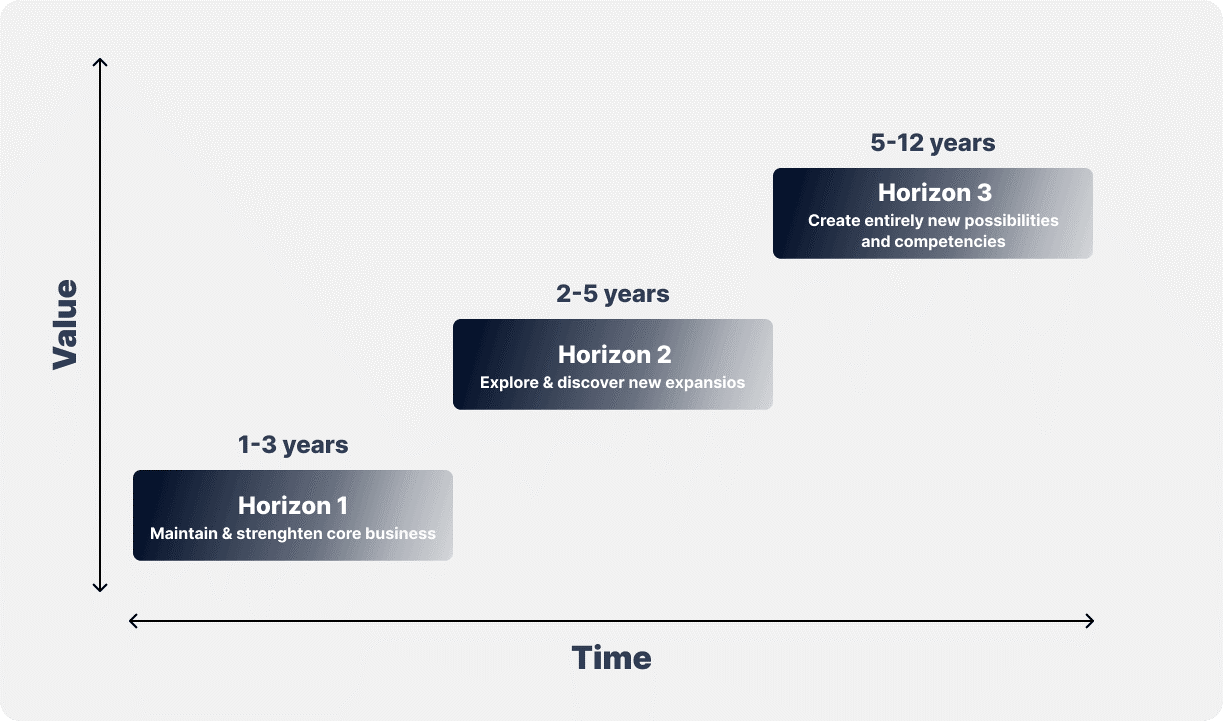
McKinsey Growth Pyramid
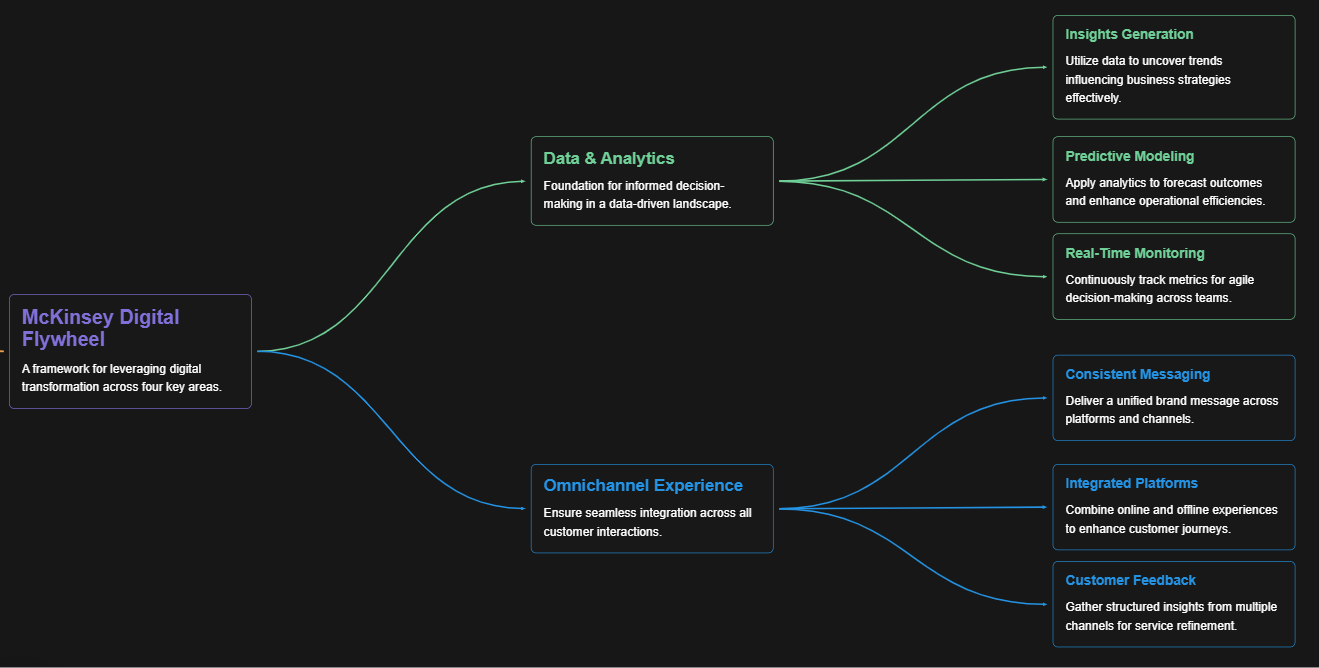
McKinsey Digital Flywheel
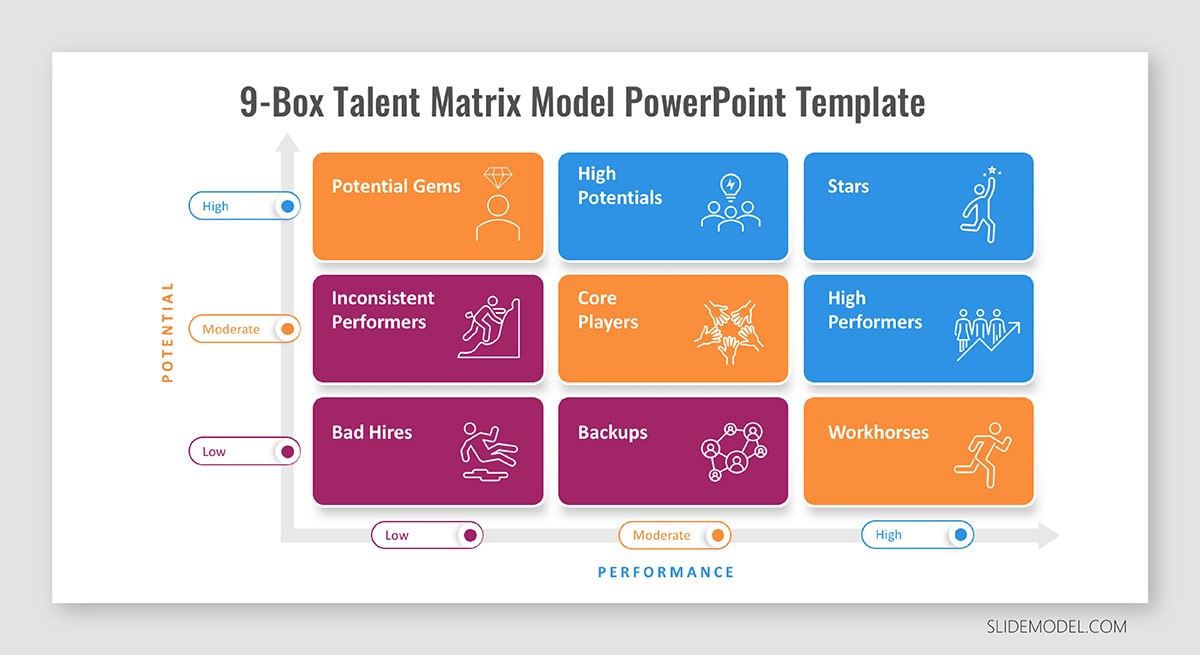
McKinsey 9-Box Talent Matrix

McKinsey 7S Framework
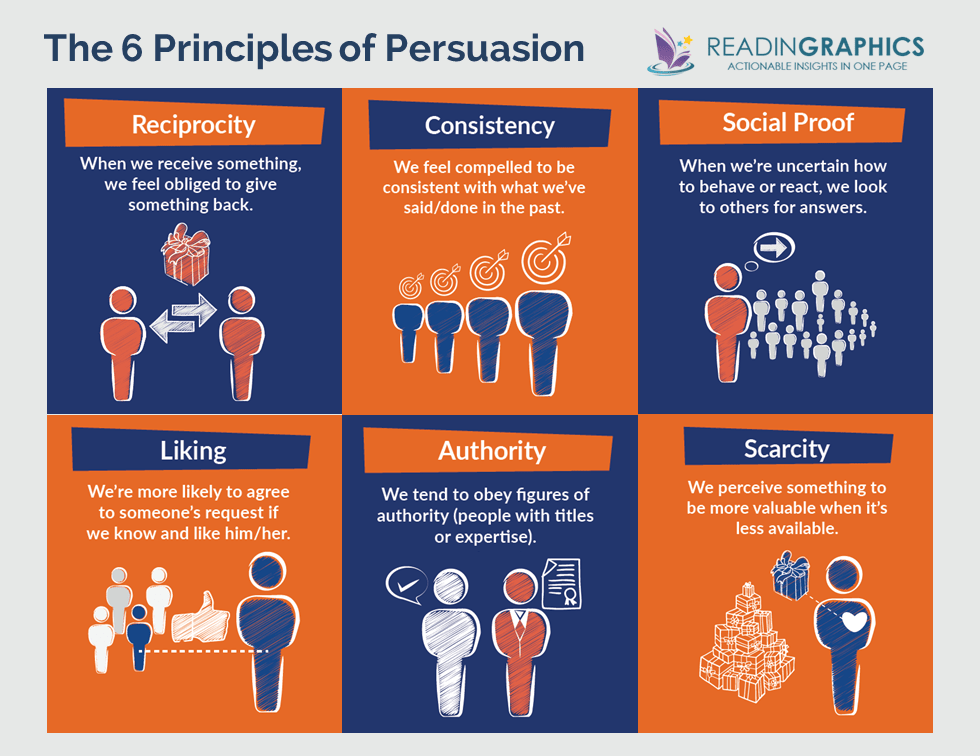
The Psychology of Persuasion in Marketing

The Influence of Colors on Branding and Marketing Psychology

What is Marketing?
Recent Blogs

Part 8: From Blocks to Brilliance – How Transformers Became Large Language Models (LLMs) of the series - From Sequences to Sentience: Building Blocks of the Transformer Revolution

Part 7: The Power of Now – Parallel Processing in Transformers of the series - From Sequences to Sentience: Building Blocks of the Transformer Revolution
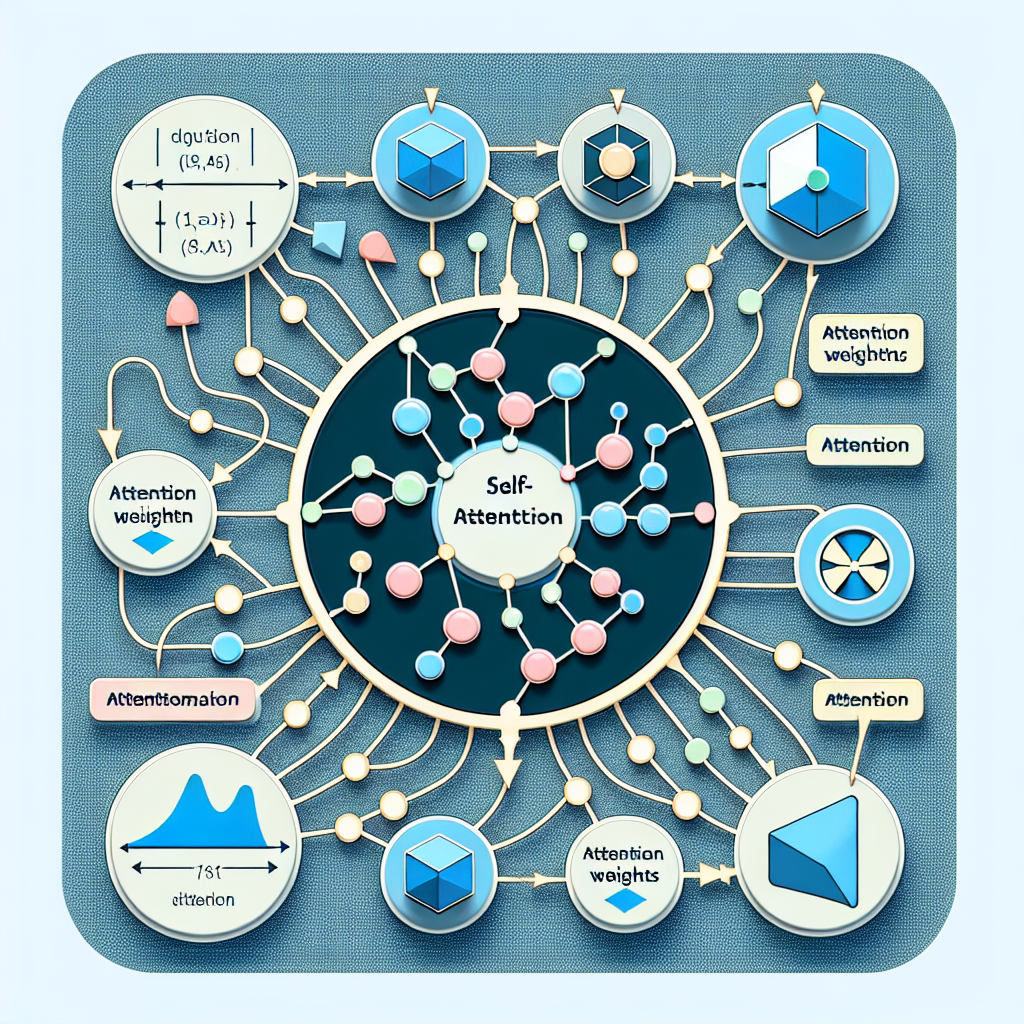
Part 6: The Eyes of the Model – Self-Attention of the series - From Sequences to Sentience: Building Blocks of the Transformer Revolution

Part 5: The Generator – Transformer Decoders of the series - From Sequences to Sentience: Building Blocks of the Transformer Revolution

Part 4: The Comprehender – Transformer Encoders of the series - From Sequences to Sentience: Building Blocks of the Transformer Revolution of the series - From Sequences to Sentience: Building Blocks of the Transformer Revolution


